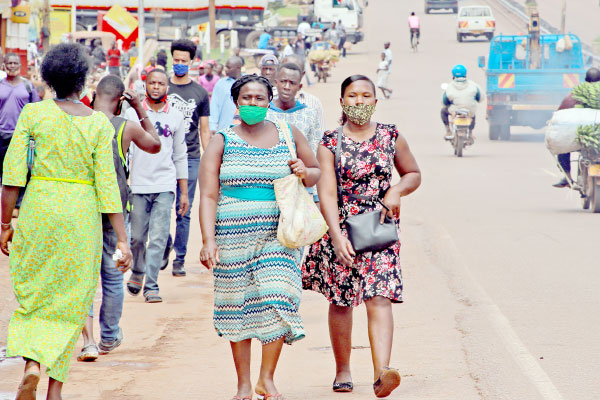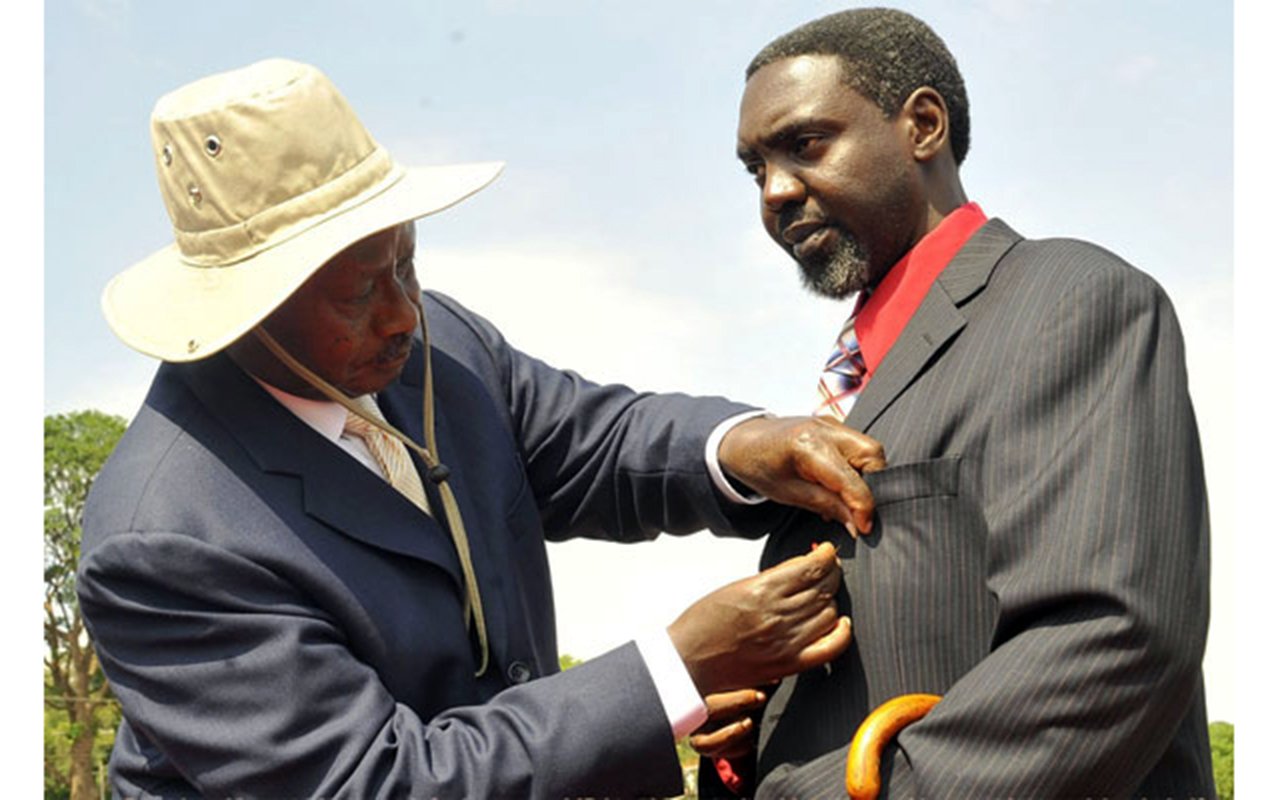NAM conference is a chance to boost tourism

Smartson Ainomugisha
What you need to know:
- It is important to note that we should sustain the ongoing heightened tourism promotion efforts through different social media platforms...
Uganda is set to host the 19th Non-Aligned Movement (NAM) Summit. About 70 heads of state, government, and delegations are expected to attend the summit, which will run under the theme “Deepening Cooperation for Shared Global Affluence”.
The Non-Aligned Movement is the second most extensive grouping of nations across the world after the United Nations, comprising 120 member countries, including the whole of the African Union, 26 from the Americas and 39 from the Asia and Pacific sub-region. Beyond the members, NAM has 18 observer countries, including China and Russia, and 10 observer multilateral organisations.
Noteworthy is the fact that the NAM makes up more than 55 percent of the global population of 8 billion people. Therefore, Uganda hosting the NAM summit and chairing the organisation for the next three consecutive years marks a historical achievement.
The primary objective of the NAM summit is to review progress in implementing the outcomes of the previous summit, in this case, the one held in Baku, Azerbaijan in October 2019, as well as addressing existing, new, and emerging issues of collective concern and interest to the NAM. Such existing concerns include the ongoing Israeli–Palestinian conflict, which is expected to be discussed on January 17, 2024, as per the published official NAM programme.
Consequently, the NAM summit will make Uganda a centre of global focus and attract national, regional, continental, and international media attention. This is a chance for Uganda to promote its tourism potential, which was greatly affected by the Covid-19 pandemic and its restrictions.
Experiences from other African countries show that a surge in tourist arrivals is possible. When Egypt hosted the summit in 2009, international tourist arrivals increased from 11.1 million in 2007 to 12.5 million in 2009 and 14.7 million in 2010 before declining to 9.8 million in 2011. On the other hand, South Africa, which hosted the event in 1998, sustained the increasing number of arrivals. Specifically, the number of international tourist arrivals increased from 5.2 million in 1997 to 5.9 million in 1998 and 6.02 million in 1999.
South Africa has maintained this upward trend, with the numbers reaching 11.3 million in 2010 and 14.8 million in 2019.
If Egypt and South African cases are anything to go by, the NAM summit will probably trigger an increase in the number of international tourist arrivals to Uganda in 2024. This would translate into increased foreign exchange earnings from the tourism sector. However, it would be important for Uganda not just to achieve a temporary boom in international tourist arrivals and foreign exchange earnings like Egypt but also to pursue a sustainable path similar to that of South Africa.
It is important to note that we should sustain the ongoing heightened tourism promotion efforts through different social media platforms, especially X, formerly Twitter, and ensure they do not die out after the summit. Worth noting is that there is a “whole-of-government approach” with different ministries and government agencies involved in promoting Uganda and its tourism potential, not leaving it only to the Uganda Tourism Board. With the additional conference infrastructure established for the NAM summit, the country needs to be marketed as a worthy conference destination.
Uganda is fortunate to host the Third South Summit for Group of 77 (G-77) + China, which will take place from January 21st to 23rd, immediately after the NAM summit. Hence, if sustained, these two big events offer a potential game-changer for Uganda’s tourism sector—especially as a conference destination.
Mr Smartson Ainomugisha is a research associate at Economic Policy Research Centre, Makerere University




